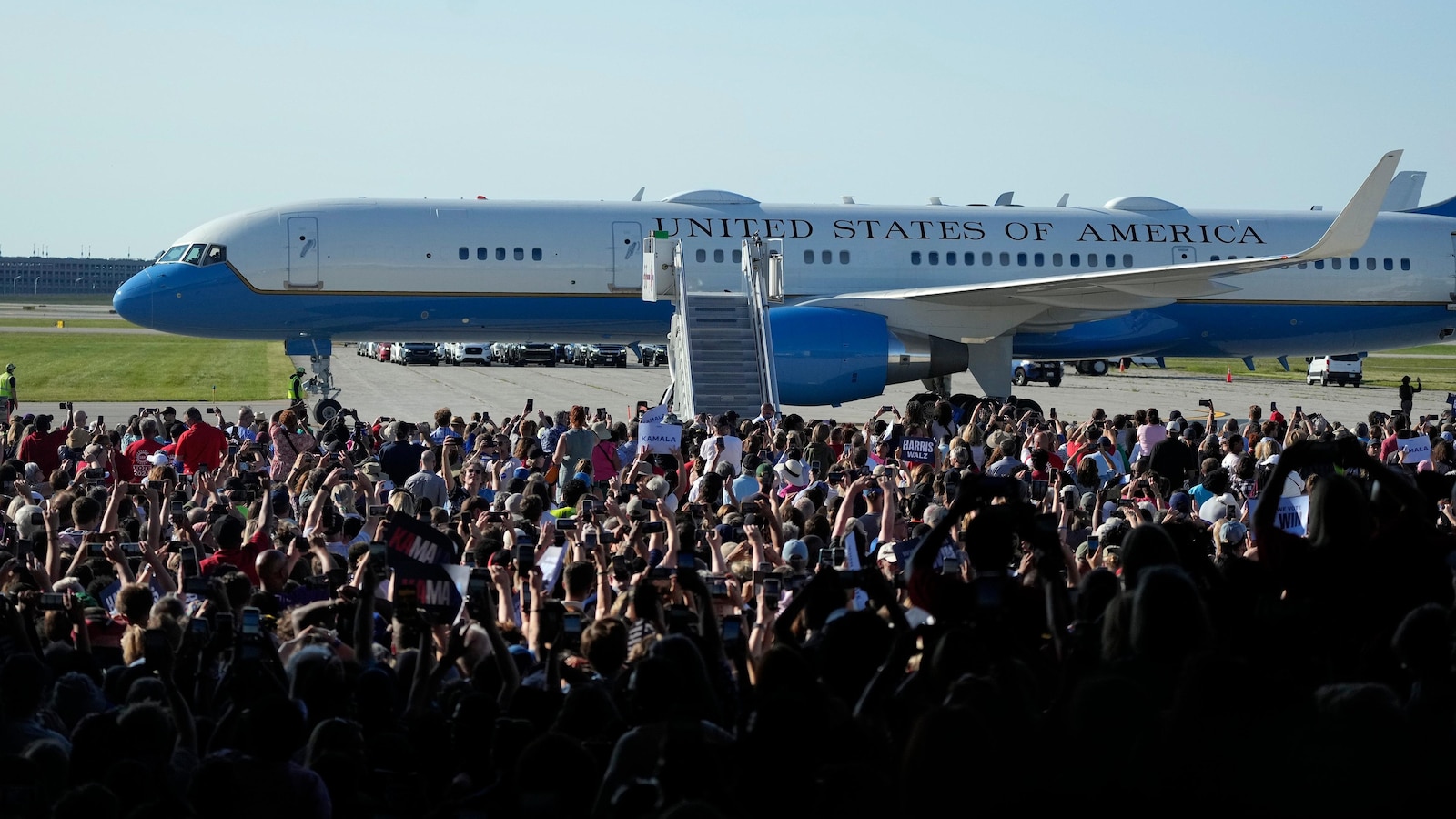Trump’s False Claims: Kamala Harris’ Rally Crowd and AI Manipulation
Former President Donald Trump has been spreading baseless allegations that an image capturing a vast crowd at Detroit’s airport during Vice President Kamala Harris’ campaign rally was fabricated using artificial intelligence (AI).
Evidence Debunking Trump’s Claims
Reporters, photographers, and journalists from reputable news organizations, including The Associated Press, were present to document the size of the crowd firsthand. The Harris campaign has also denied any photo manipulation and released a statement on social media refuting these allegations.
Independent analysis by Dr. Hany Farid, a University of California, Berkeley professor in digital forensics and misinformation, found no evidence of AI manipulation in the photo using advanced models designed to detect generative AI patterns.
Harris’ Campaign Rally Attendance
Harris’ campaign has reported impressive attendance figures at her rallies across the country:
- 12,000 attendees in Philadelphia and Eau Claire, Wisconsin
- 15,000 attendees in Glendale, Arizona
- Over 12,000 attendees in Las Vegas, Nevada
An Associated Press reporter witnessed the substantial crowds at Harris’ events in Wisconsin, Michigan, Arizona, and Nevada.
Trump’s False Narrative
Trump’s promotion of these false claims aligns with his repeated fabrications about crowd sizes, particularly in comparison to his own rallies. However, his statements are contradicted by evidence and impartial reporting, highlighting his pattern of distorting reality.
Experts have urged Trump to focus on policy discussions and avoid personal attacks on his opponents. The Harris campaign has responded to these false accusations by highlighting Trump’s lack of campaign activity in swing states.
In-depth Analysis: Artificial Intelligence and Image Manipulation
AI technologies have made image manipulation more accessible, but sophisticated tools and techniques can identify alterations. Dr. Farid’s analysis demonstrates that the photo in question shows no signs of AI manipulation.
Image manipulation is not uncommon in media and marketing, but it is crucial to distinguish between legitimate editing for aesthetic purposes and deliberate deception. In Trump’s case, his accusations are baseless and intended to undermine the credibility of his political opponents.
The Implications of Misinformation
Trump’s false claims are not merely political maneuvering; they erode trust in the media and public discourse. By spreading misinformation, Trump fuels polarization and makes it harder for the public to distinguish between fact and fiction.
Combating misinformation requires critical thinking, media literacy, and support for independent journalism. Fact-checking organizations play a vital role in debunking false claims and promoting accurate information.
Conclusion
Donald Trump’s allegations that Kamala Harris’ campaign rally crowd was fabricated with AI are categorically false. Independent analysis supports the authenticity of the photo, and the reported attendance figures are consistent with other rallies Harris has held.
Trump’s pattern of spreading misinformation highlights the need for vigilance against deliberate attempts to deceive the public. Fact-checking and media literacy are essential tools in the fight against disinformation and the promotion of a healthy democracy.



